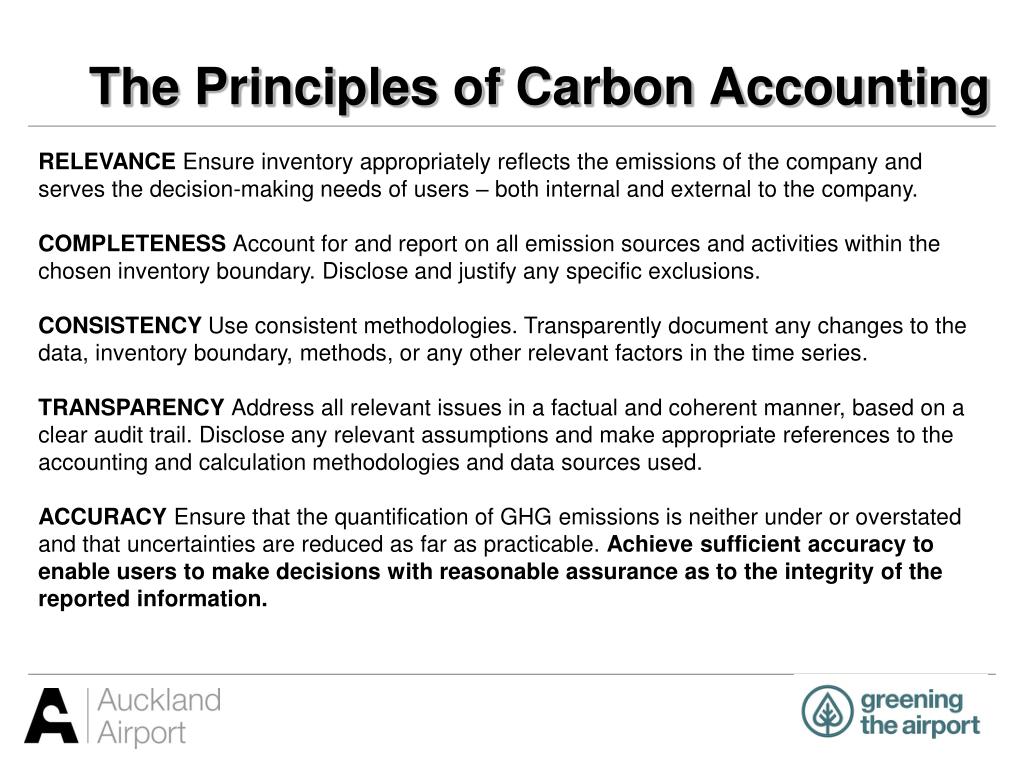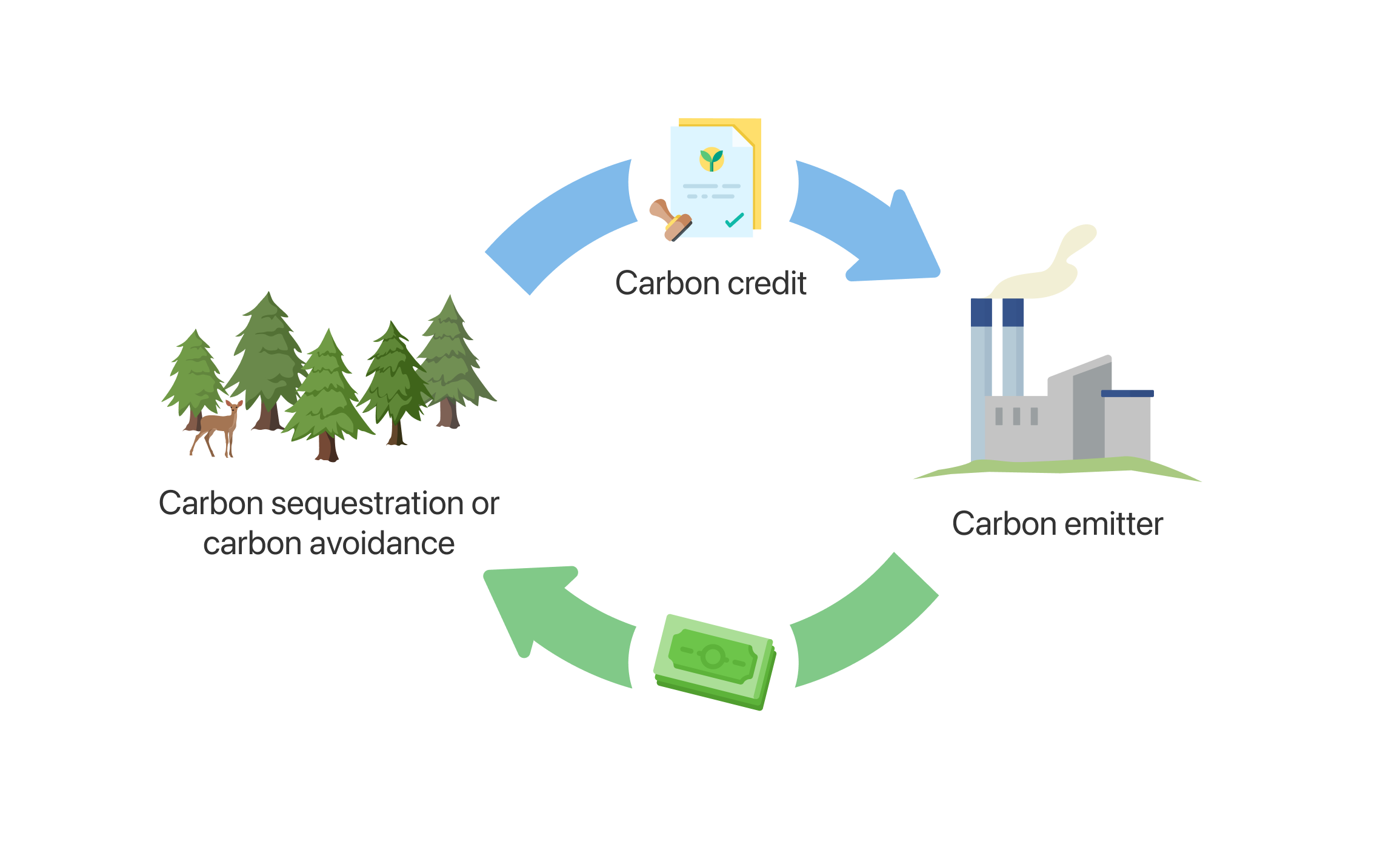

Let us say that local emissions regulations require them to stay within 80 tons of CO 2 equivalent for a year. They end up emitting about 20 tons of CO 2. On the other hand, Pineapple set up its servers recently and invested $20 million in renewable electricity plants. Let us say it emits 100 tons of CO 2 equivalent (also called eCO 2t). Therefore, it indirectly contributes to significant carbon emissions. Around 57% of the power comes from natural gas. However, they have very different approaches to energy usage.Ĭherry is an older company therefore uses older servers, and draws all of its electricity from the power grid.

#Accounting for carbon credits software
Both provide Software as a Service (SaaS). These are (fictitious )large multinational corporations based in Northern New Jersey. Let us understand this concept from scratch by taking a simplified example of two firms: Cherry LLC and Pineapple LLC. It is most difficult to work on accounting for carbon credits for the scope 3 emissions. Scope 3: Emissions as a result of the upstream or downstream activities in a company’s value chain.

Scope 2: Indirect emissions that result from the purchase of energy Scope 1: Direct emissions from sources owned by the company Greenhouse Gas Protocol posits these three scopes for emissions: They estimate that each stay generates anywhere between 44 to 46 kg of CO2. A study on Airbnb stays in Sydney revealed that the indirect emissions would be significant for the firm. Similarly, Amazon’s CSR reporting ensures that they assess their direct as well as indirect activities. For instance, Microsoft extensively works on its CSR activities to ensure that they are not just compliant but also proactive in sustainability. Therefore, they are also bound by the regulatory requirements. Nevertheless, they may still have indirect emissions. These companies may not have this type of environmental impact called ‘direction emissions’ or they may have very small direct emissions. ⚡ NOTE ► Scopes of emissionsĬompanies like Facebook or Airbnb may not have factories or manufacturing plants that create greenhouse gases. They can purchase the same amount of carbon credit from a country that has less carbon emission. Similarly, on a country level, let’s say China produces an excess carbon in the year 20XX. However, it can pay USD 40 million to a manufacturing plant in Vietnam to achieve the same results. For instance, it may cost a Japanese country USD 100 million to reduce GHG emissions in its plant in Kyoto. One of the ways of reducing carbon emissions is by reducing the GHG emissions in a country where it is easier or cheaper. The Kyoto Protocol provides practical ways to reduce the overall GHG emissions of the world. For example, a manufacturing plant may produce other gases like methane which can be converted to equivalent CO 2 emissions. Now, it is also important to note that when we are talking about CO 2 emissions, it also includes the equivalents. Carbon credit refers to a tradeable certificate that allows an entity to have one ton of CO 2 emissions. Therefore, the concept of carbon credit was created. The objective was to ensure that countries actively participate in reducing their Green House Gases (GHG) emissions. It extended the scope of the United Nations’ Framework for Climate Change. The Kyoto Protocol came into existence in 1997. There was a growing debate about measuring this damage, which leads to the development of carbon credits. One of the dark sides of economic growth is the damage it causes to our environment. Guidance note on Carbon credits from ICAI.Current state of sustainability at IFRS.


 0 kommentar(er)
0 kommentar(er)
